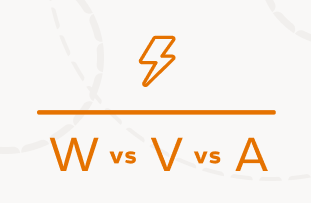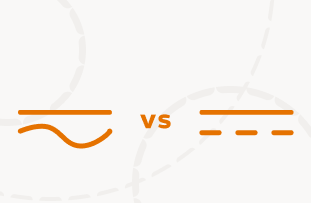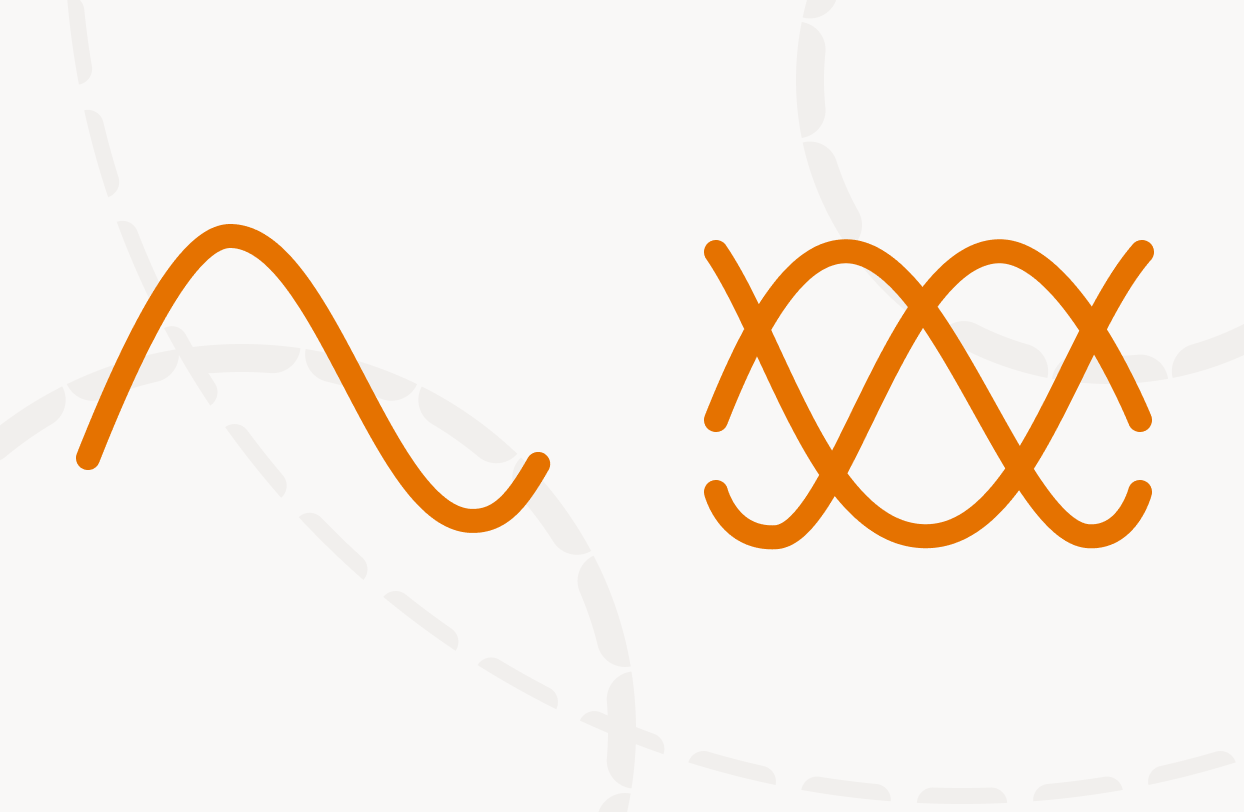
Electricity has three basic units of measurement: watts, volts and amps. Knowing the differences between them will give you a better understanding of how electricity works.
Watts
Watts (W) are named after James Watt and measure electrical power, which is the energy delivered in a given space of time.
You will be interested to know that the power you have contracted for your home is measured in kilowatts (kW) and is the total amount of energy you can use at the same time for all your electrical appliances.
If you use more, your Power Control Switch will be disconnected, and you will have to reconnect it.
Volts
Volts (V) are named after Alessandro Volta, the inventor of the battery. They measure the potential energy a given circuit can provide.
For example, think of the voltage of a socket, which is simply the level of electrical voltage it can withstand.
For domestic electrical installations, the standard is nowadays 230V (volts), whereas years ago it was 220V.
Amps
Amperes (A) measure the intensity of an electric current. They are named after the physicist and mathematician André-Marie Ampère. For example, they measure the amount of energy that has moved between a plug and a plugged-in appliance.
The ampere-hour (Ah) expresses how much energy can flow through a given circuit in one hour. It is used, for example, to measure the capacity of electric batteries. To this effect, your mobile phone battery has around 3 ampere-hours, so it will run out of power when it exceeds this limit.





